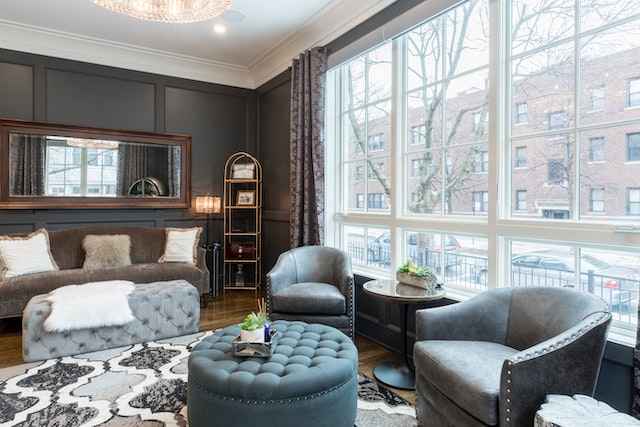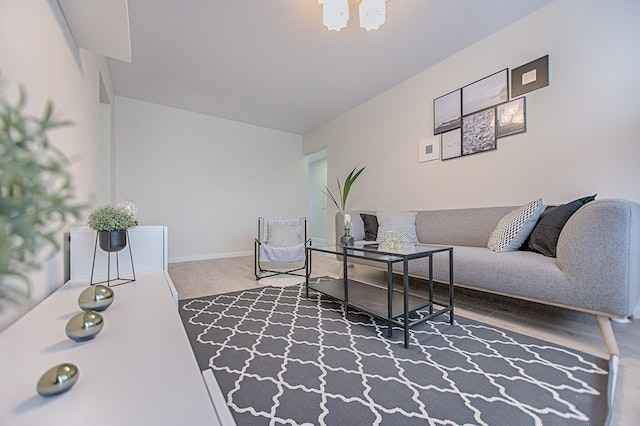To fill empty space in your living room, consider the following ideas:
- Lay an area rug to cover floor space and create a warm, cosy atmosphere.
- Use an arched floor lamp to illuminate and fill the empty space.
- Purchase a bigger couch or a sectional to occupy more space.
- Add a decorative table or side table to fill a corner.
- Construct a mini-bar or dry bar to utilize the empty space.
- Incorporate plants or indoor trees to enliven the room.
- Use mirrors to create the illusion of a larger space.
- Install stylish storage solutions, such as shelves or cabinets.
- Create a personal space for hobbies or routines, like a reading nook or a workspace.
- Display unique sculptures or artwork to make a statement.
What Type Of Area Rug Is Best For Filling Empty Space In A Living Room?

The best type of area rug for filling empty spaces in a living room depends on the material and the style of the room.
Wool and sisal rugs are recommended for areas where you spend the most time entertaining, like family rooms and dens, because they are incredibly durable.
Jute, synthetics, and wool are typically the best materials to look for when it comes to living room rugs.
Additionally, cool colours like teal and blue have a calming effect on spaces, while subdued hues work well with warm walls.
Ultimately, the best rug for a living room will depend on the style and colour scheme of the room, as well as personal preference.
How Can One Determine The Appropriate Size Of A Sectional Or A Bigger Couch To Fill An Empty Space In The Living Room?
To determine the appropriate size of a sectional or bigger couch to fill an empty space in the living room, consider the following tips:
- Measure the length, width, and height of the room using a tape measure
- Ensure that the sectional sofa does not occupy the entire length of the wall and there should be at least 18 inches of space on either side of the sectional to help with traffic flow and to keep the room from feeling overstuffed
- Measure the sofa for width, depth, and height
- Consider the overall length of the sectional sofa, which is usually between 94” and 156”
- Aim for a sofa that’s about two-thirds of the wall length to get the right proportions
What Are Some Creative Ways To Incorporate A Decorative Table Or Side Table Into A Living Room Space?

Here are some creative ways to incorporate a decorative table or side table into a living room space:
- Use a decorative bowl with orbs set as a centrepiece on the table
- Add something vertical, horizontal, and sculptural to the centre of the table
- Use a middle finger statue table top decor or other decorative items to add personality to the table
- Decorate the table with flowers or other natural elements
- Display only a few large items on the table to avoid clutter
Are There Any Specific Types Of Indoor Plants Or Trees That Are Best Suited For Filling Empty Spaces In A Living Room?
Yes, there are several types of indoor plants that are best suited for filling empty spaces in a living room.
Some of the best indoor plants for a living room include:
- Bromeliads
- Peace lilies
- Begonias
- Bamboo palms
- Bird of paradise
- Money tree
- ZZ plant
These plants are not only decorative but also offer health benefits and can improve mood, concentration, and air quality.
When choosing plants, it’s important to consider the light and humidity levels in the living room and to be realistic about your level of expertise in caring for plants.
How Can Someone Select Unique Sculptures Or Artwork That Will Complement The Existing Décor In Their Living Room?
To select unique sculptures or artwork that will complement the existing décor in their living room, one can consider the following tips:
- Choose a style that matches the existing décor, such as Victorian or coastal
- Look for sculptures or artwork that have colours that complement the colour scheme of the room
- Consider the size of the sculpture or artwork in relation to the size of the room and other furniture
- Choose a sculpture or artwork that has a similar theme or subject matter to other decorative objects in the room
- Consider the material of the sculpture or artwork and how it will fit in with the existing textures in the room







